No, I’m not a Human – Endings & Visitor Clues
Identify Visitors, manage scarce resources, and unlock every ending.
A tense survival horror set during an apocalyptic heatwave: strangers knock, you decide who is Human or Visitor, and each choice shapes who survives inside. Use this spoiler-light guide to map every ending group, memorize visitor tells, and plan a safe route through the week.
Quick facts
- Developer: Trioskaz
- Publisher: CRITICAL REFLEX
- Release: 2025-09-15 (PC / Steam)
- Browser version: none (Steam demo available)
Spoiler-light overview
No, I’m not a Human is a tense, first-person, point-and-click survival game about judgment under pressure. Each evening, strangers—“Guests”—knock on your door seeking refuge from a scorched world. Some are genuine survivors; others are “Visitors,” uncanny mimics that slip through cracks in logic, behavior, or biology. Your job is to interrogate through a peephole, cross-examine stories, look for telltale signs, and decide who to shelter. Your choices ripple forward: who’s inside, who gets removed by authority figures, and how the neighborhood spirals, all shape the outcome.
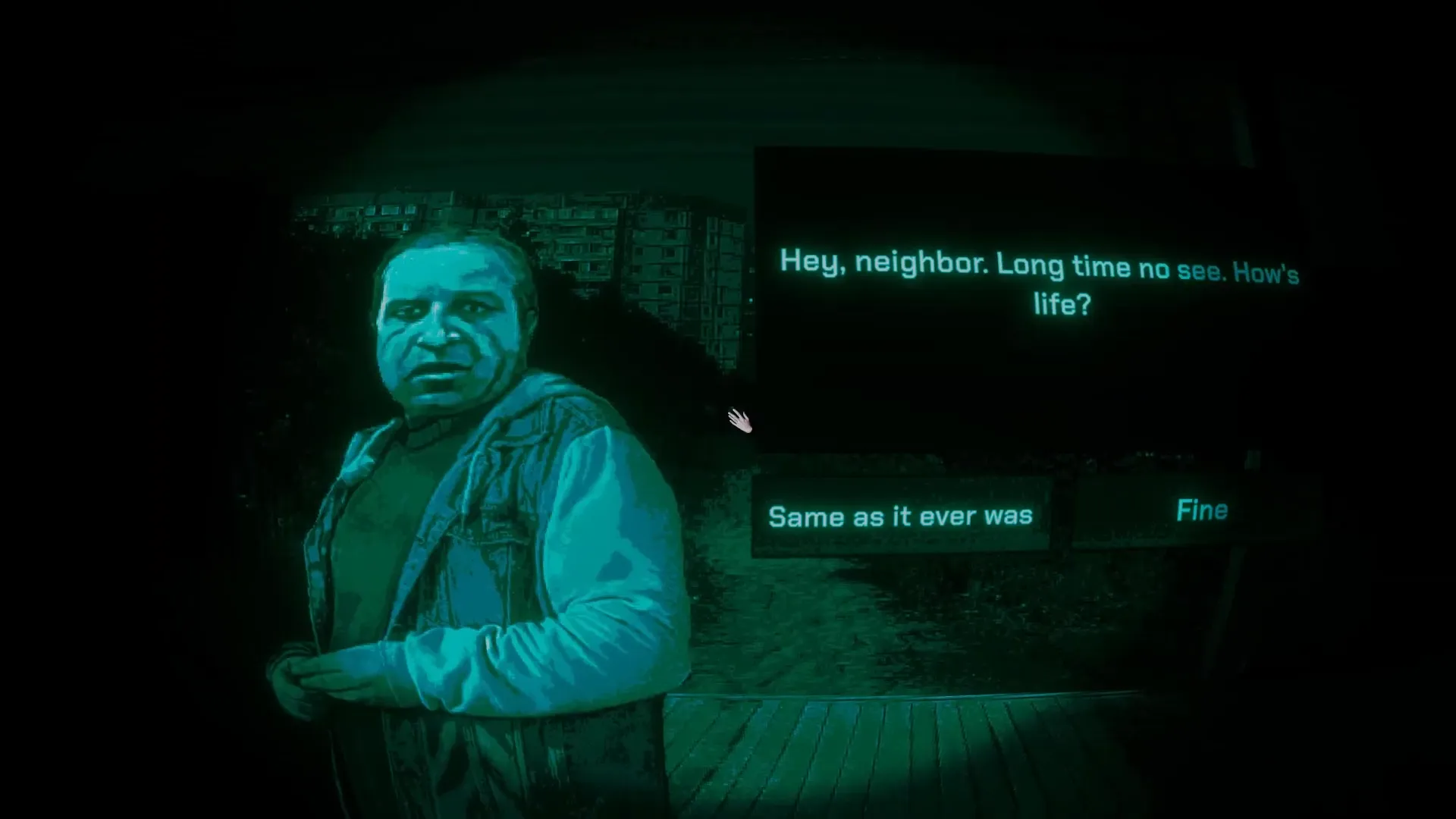
Nightly rhythm & energy management
Evenings bring a slate of knocks—recurring faces and new archetypes with small twists. Between encounters you can scan windows for world-state changes, consult the news and radio for evolving guidance, make calls, and manage scarce energy.
Daytime is housekeeping: talking to current housemates, checking them for warning signs, placing supply orders, and sometimes verifying health with tools you unlock. This cadence creates a rolling triage: accept, reject, or delay, knowing that hesitation costs energy and poor judgment compounds across days.
The walkthrough this summary draws from charts a path to a Good Ending while acknowledging runs are partly randomized—who appears, what they say, and whether a familiar face is secretly a Visitor can differ from game to game. Treat any solution as “one possible route,” not gospel.
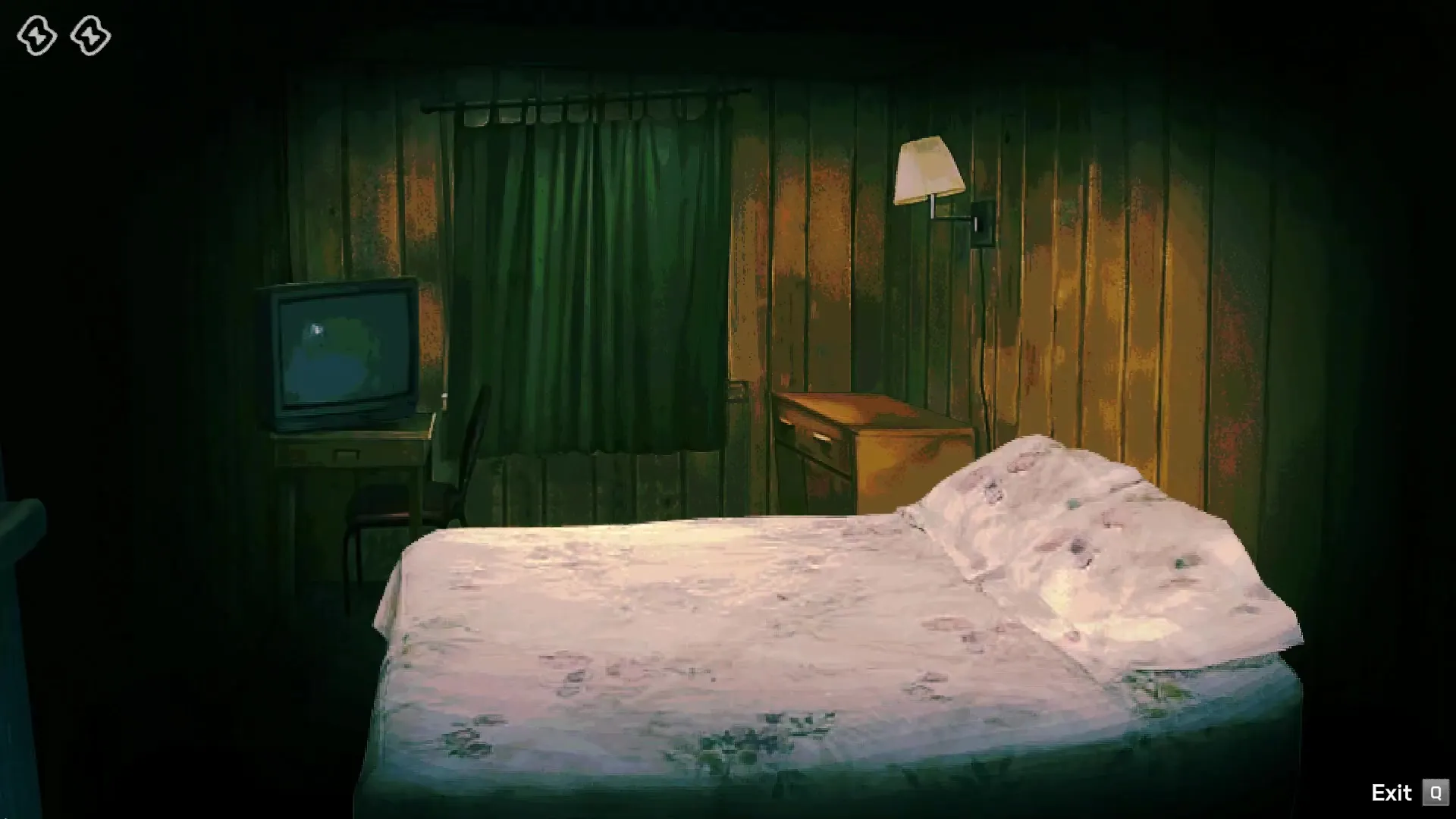
How visitor clues evolve
Clues escalate over time, and the game teaches them diegetically. Early broadcasts warn about “too perfect” teeth; later nights add nails, blood-red eyes, and hairless underarms as red flags.
As the crisis deepens, reports expand into subtler or grotesque tells—bugs in the ear, bleeding gums, fungal underarm growth, even abnormal pupil behavior. Crucially, these are not single-switch proofs; you’re encouraged to cross-check multiple domains: a Guest’s story consistency, body signs, demeanor, and how their claims fit (or clash) with prior news. Energy-intensive inspections must be rationed, making targeted questions your first line of defense.
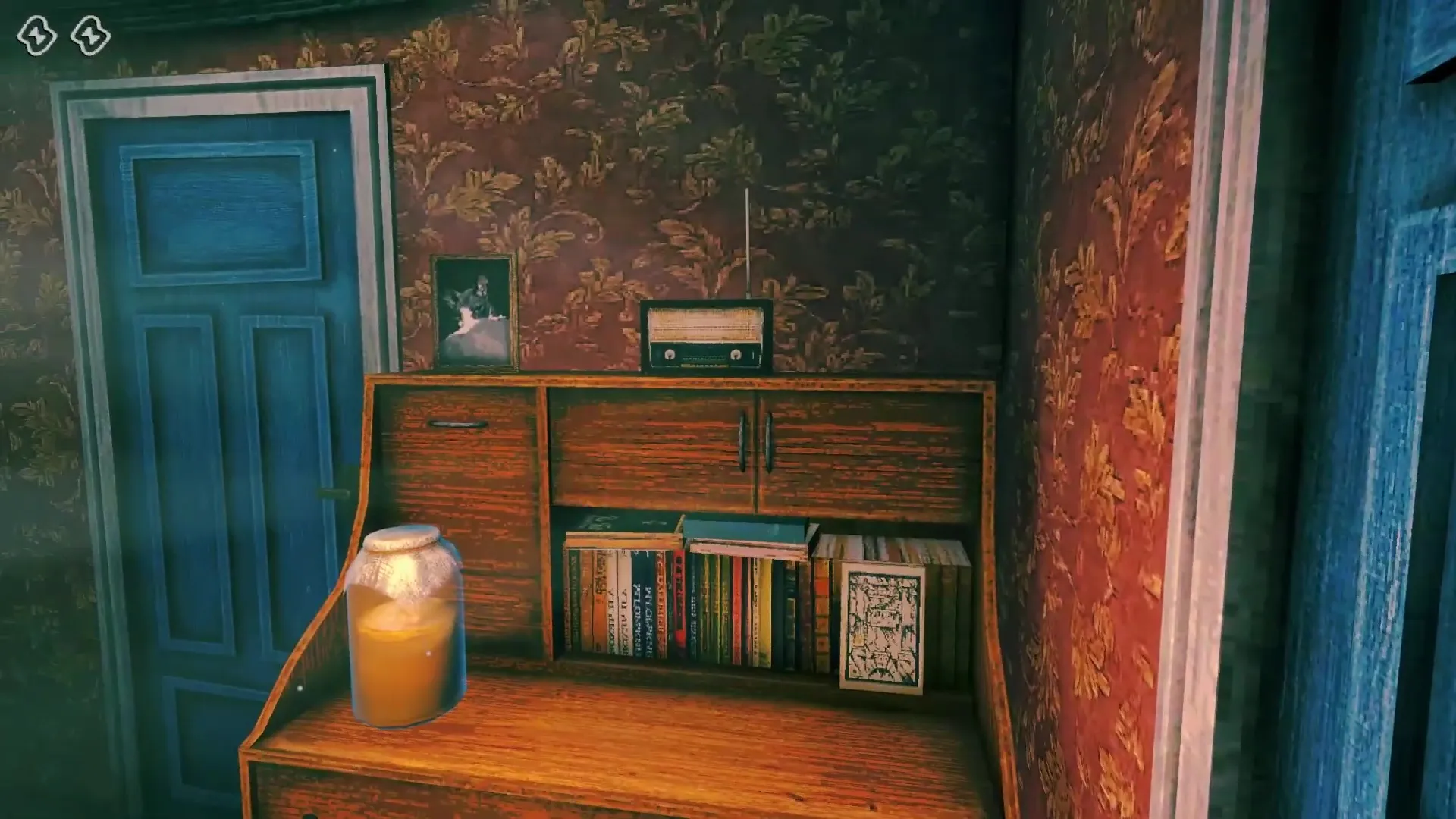
Recurring guests & neighborhood pressure
The cast you meet forms a living casebook. Recurring figures—like a pale stranger who repeatedly probes whether you’re alone, a rotating FEMA agent with shifting agendas, or a fortune teller who foreshadows later choices—act as moral and mechanical pressure tests.
Some nights bring obvious bait (a brash gravedigger, a sick firefighter, someone flaunting a stolen suit); others present sympathetic edge cases, from a frightened neighbor’s daughter to a mother and son who might be as fragile as they seem. Cultists, researchers, hunters, cabbies, comics—each archetype forces you to weigh risk, resource strain, and narrative intuition. Who you keep affects what’s possible later (and who might be taken away). Expect the world outside your windows to change—fires, corpses, evacuations—as a mirror of compound decisions and background events.
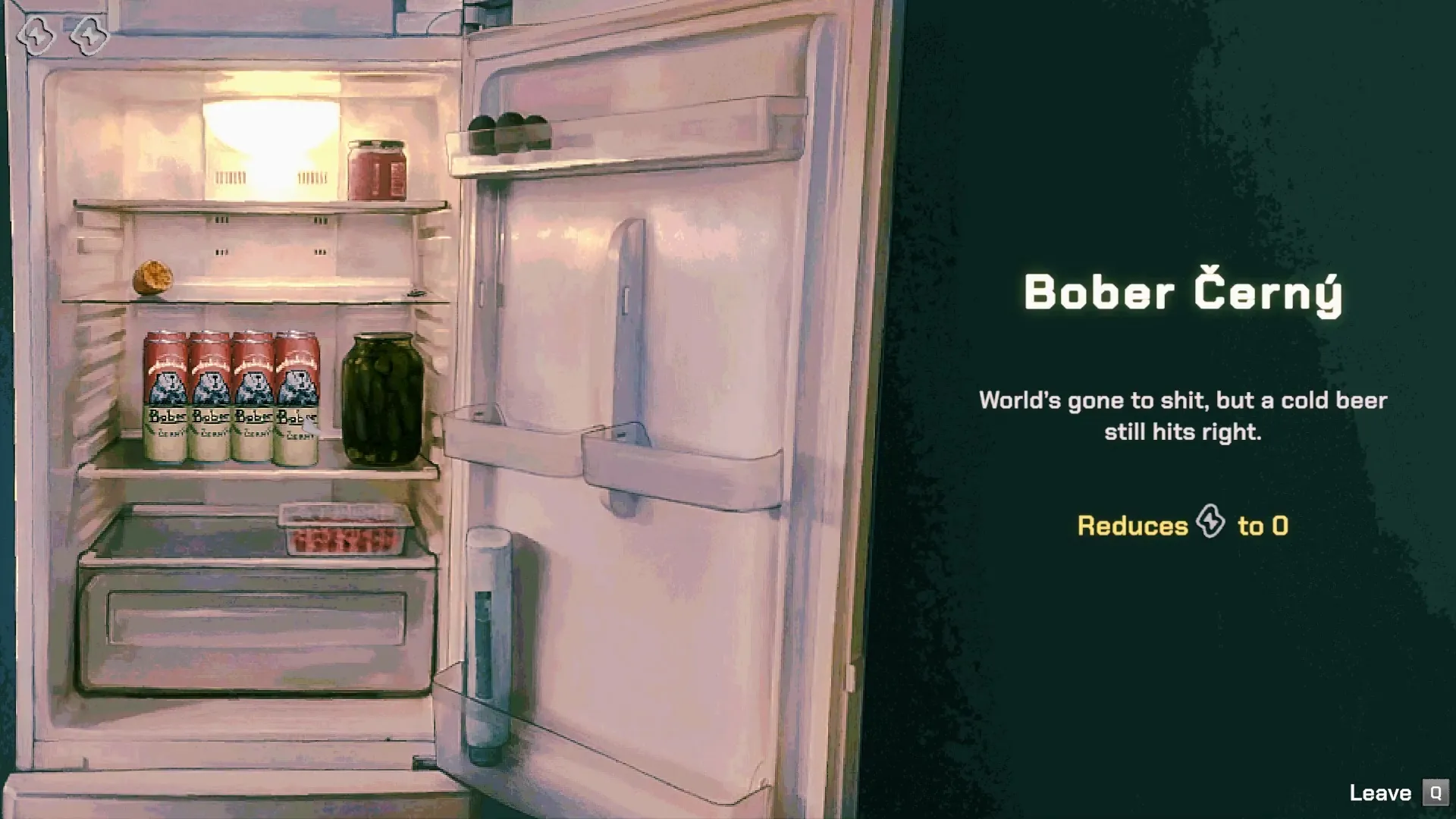
Tools, calls & mid-run systems
Mid-run, systems broaden. You can capture “aura” photographs to validate humanity, call hotlines that sometimes help and sometimes mislead, and order coffee or energy drinks to stretch your investigative stamina for a few days.
Government presence oscillates between help and violation: agents may remove key people, notices stack up, and rumor jockeys insist they know “how to clear the darkness.” The walkthrough’s author often errs on the side of caution—turning away inconsistent or manipulative visitors, selectively admitting value-adds, and periodically re-checking housemates as new signs are revealed. That conservative posture—test, verify, prune—keeps the mid-game from collapsing under infected drift or energy debt.
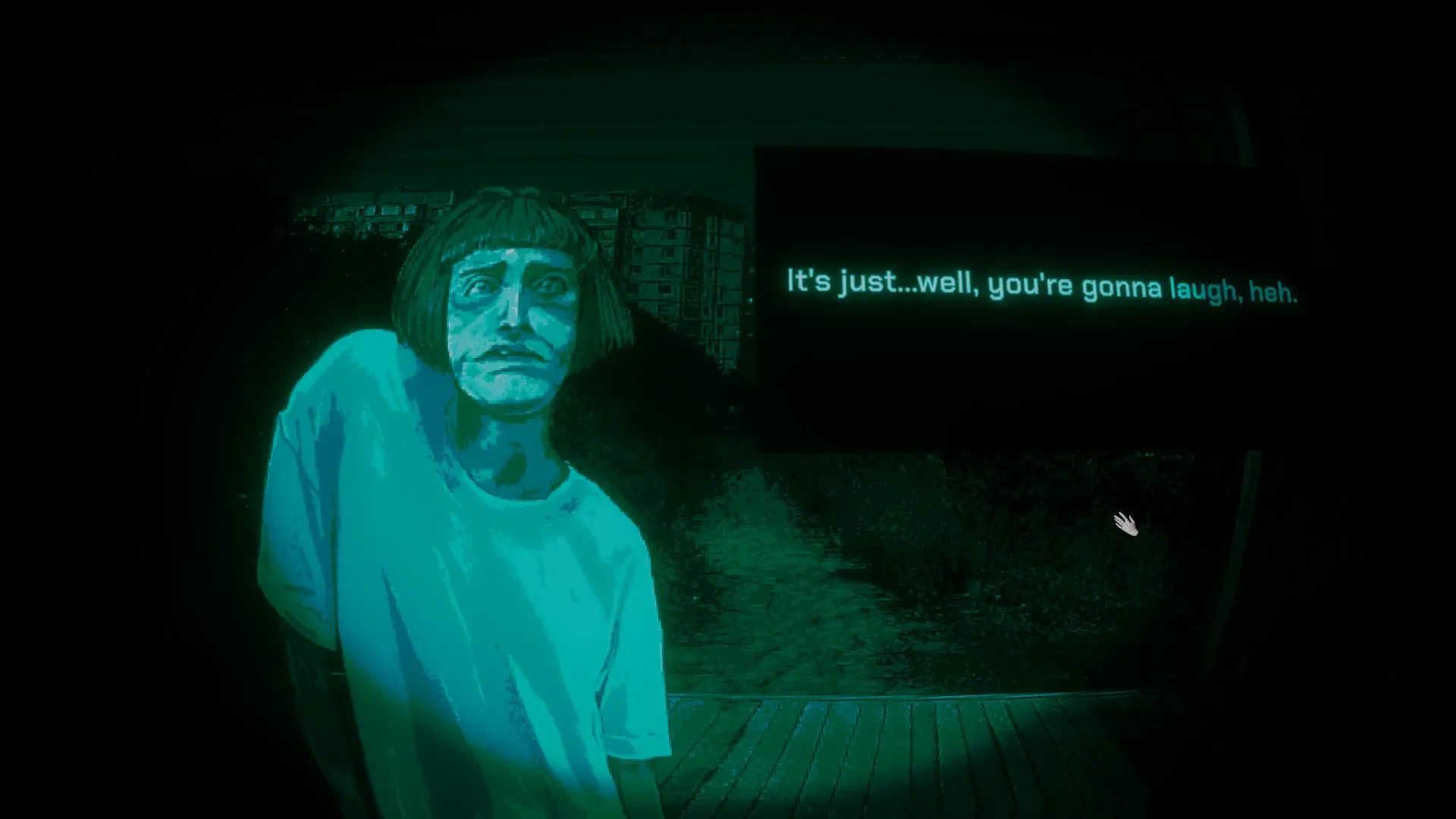
Late-game stakes & the Good Ending
Late-game pressure peaks as factional actors return with final offers, former guests revisit with sharper stakes, and the news tightens its definition of “safe.” By then you should have a small, vetted household, enough consumables to finish, and a habit of confirming that you are not alone whenever a dangerous interrogator arrives.
The Good Ending, as documented in the source route, is triggered on the morning of Night 14 by boarding up every window after a quiet night—an understated, practical gesture that signals you’ve learned the game’s core lesson: prevention beats bravado. The exact road there can vary, but the principles hold: curate your guest list, verify with evolving diagnostics, keep energy for decisive checks, and don’t bluff solitude to predators.
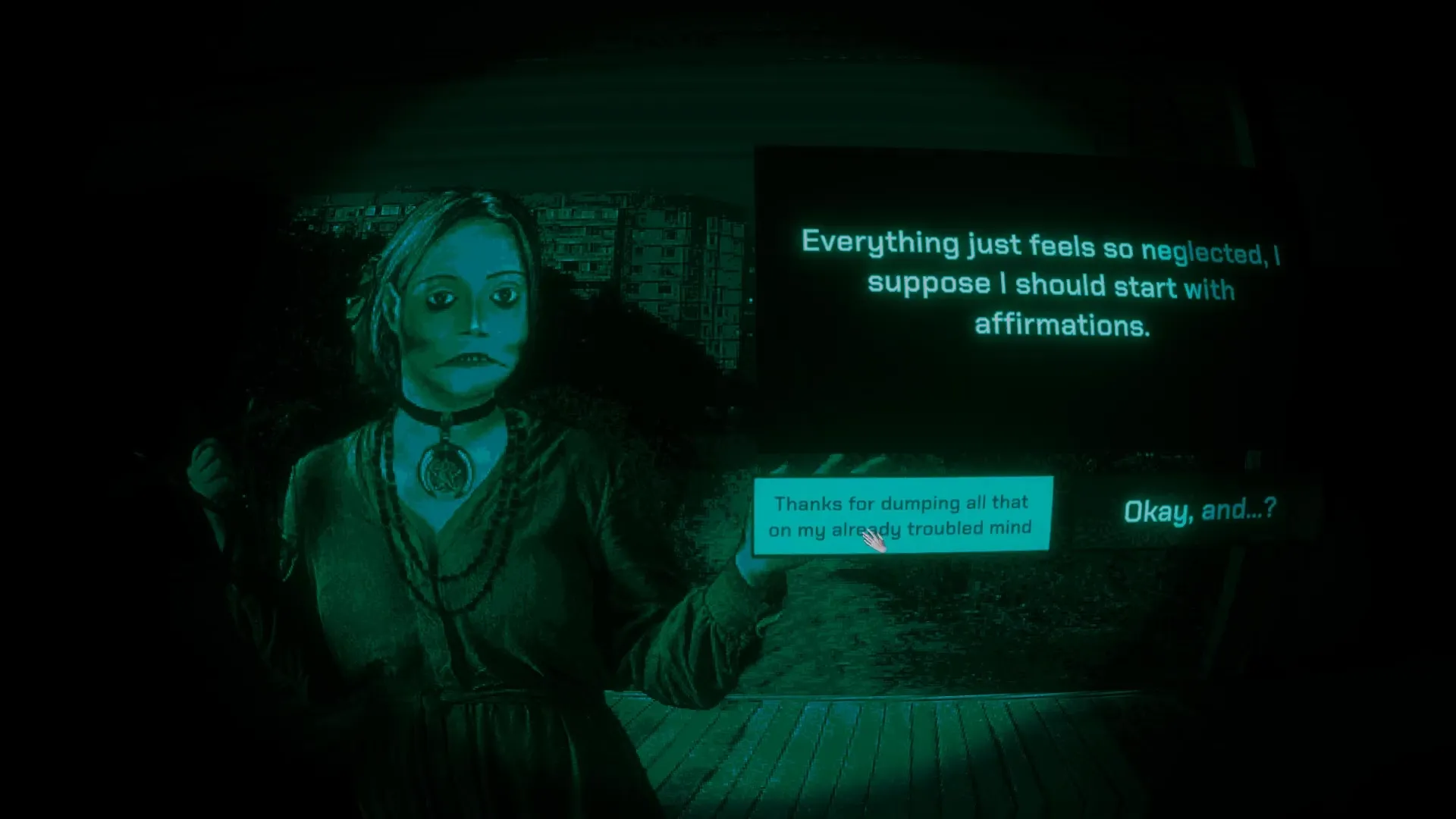
Practical takeaways
- Start with conversation, not scans—ask targeted questions to surface contradictions before spending energy.
- Never rely on a single sign; require at least two converging tells before condemning someone as a Visitor.
- Maintain household integrity—two or three proven humans are worth more than a crowd of unknowns.
- Use aura photography and medical checks sparingly but decisively when a guest’s story almost fits.
- Watch the world: window events and broadcasts are free intelligence.
- In the last stretch, keep your house small, your supplies adequate, and your windows—literally—secured.
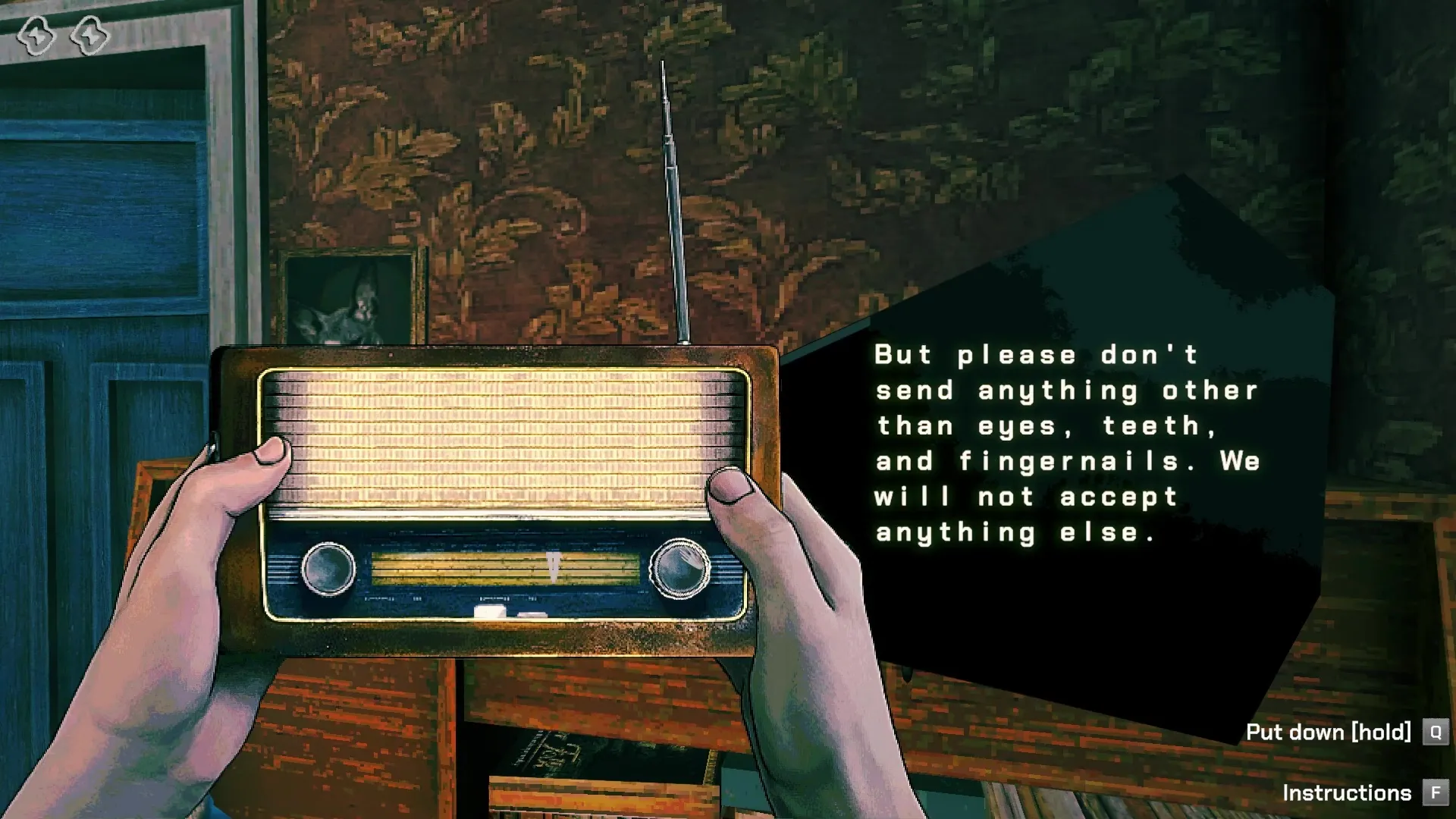
Source & full walkthrough
This summary preserves the spirit of the Into Indie Games walkthrough without reproducing its night-by-night diary. For readers who want the blow-by-blow—including who arrived on which night and the exact dialog beats—link them to the full guide while your page delivers the “how to think” framework above.
FAQ
Is there a browser version?
No official HTML5 build exists. The game is distributed on Steam for PC; the demo isn’t embeddable in-browser.
How many endings does the full release have?
Community consensus sits around ten endings depending on identification accuracy, survival management, and late-game alliances.
Why do guides disagree on specifics?
Guest pools and event order can randomise, and many guides avoid heavy spoilers. Cross-check multiple sources when targeting a specific outcome.